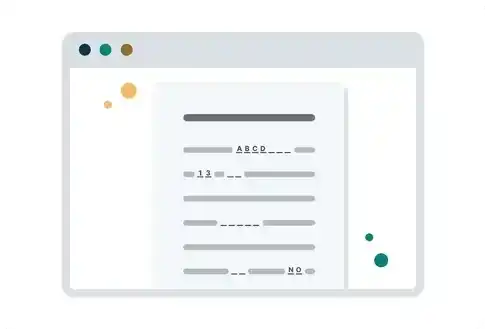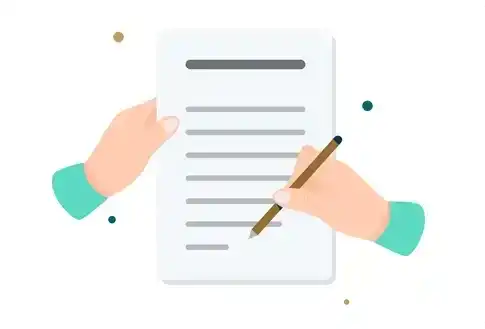Free Power of Attorney Revocation Forms
A Power of Attorney Revocation Form is a legal document that allows someone (known as the principal) to officially cancel a previously granted power of attorney. A POA revocation form takes away the assigned agent’s legal permission to act on behalf of the principal. These forms can be used to make null and void all types of Power of Attorney, be it financial, medical, or general.
The legal requirements when filling out a Power of Attorney Revocation vary from state to state. The agent and any other parties involved in the POA must be properly notified for the revocation to be effective.
Power Of Attorney Revocation Form by State
What is a Revocation of Power of Attorney?
A Revocation of Power of Attorney is a formal declaration by the principal that they are terminating the authority previously granted to their agent (also called the attorney-in-fact).
This revocation makes the power of attorney relationship null and void. The agent can no longer make legal or financial decisions on behalf of the principal once the revocation is in effect.
The POA may be revoked for various reasons, such as a change in trust, the agent being unavailable, or a task that required limited authority coming to an end.
However, no reason needs to be given for the revocation of a POA. The principal always has the right to revoke if they are mentally competent.
Once the form is completed and delivered to the agent and relevant parties, the revocation becomes effective and enforceable.
## How to Get a Power of Attorney Revocation Form
1. Confirm eligibility
Only the principal—the person who originally issued the Power of Attorney—can revoke it. They must be of sound mind at the time of revocation. If the principal is incapacitated, a court may intervene, but others cannot revoke the authority on their behalf.

2. Obtain the form
A Revocation of Power of Attorney Form can be downloaded online or provided by legal service platforms. Be sure to choose the correct form for your state and the type of POA being revoked (financial, medical, etc.).

3. Fill out the form
Include details such as the principal’s name and address, the date of the original POA, and the full name of the agent being removed. Some forms may allow the inclusion of successor agents, if applicable.

4. Sign and notarize the form
It’s highly recommended—and in many states required—that the principal signs the revocation in the presence of a notary public. Some states also request one or two witnesses. This step helps prevent disputes or future misuse of the original POA.
